


































MIDWEEK UPDATE 3 AUGUST 2016
THIS WEEK IN MIDWEEK UPDATE
AvClicks Photo Competition……Plan Your Weekend……..Forthcoming Events
Aviation News………. Worldwide Incidents and Accidents
This Week in Aviation History………Advertising Rate Card

Pilot's Post is proud to launch its “AVclick 2016” aviation related photo competition. By entering your favourite photos, you will not only share your aviation photography passion with thousands of others, you will also stand a chance to win exciting prizes this year. Our prizes for this competition were carefully chosen to suit everyone's aviation interest and that is why we are offering the winner a choice between three different options.
For more information go to: www.pilotspost.com/arn0000956
This Week's Four Finalist
To vote for your favourite photo click on “Vote for”


Vote for 14-1…………………………Vote for 14-4

Vote for 14-2………………………….Vote for 14-3
Go to www.pilotspost.com/arn0001006 to vote for the June finalist



3: EAA Chapter 322 monthly meeting, Dickie Fritz Moth Hall Edenvale. Contact editor@afskies.co.za
5: SAPFA Protea Team Training Brits airfield. Contact Frank Eckard e-mail: frank.eckard@mweb.co.za

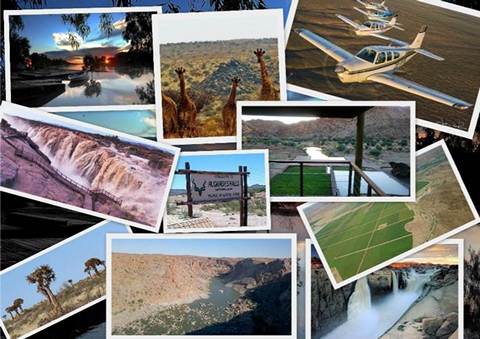
5th - 9th: Thank you for joining the NAC Fly Away Team on what promises to be another spectacular four day flying tour of one of the most beautiful regions in our country. You can look forward to exquisite cuisine, beautiful wine farms, languid golden honey, breathtaking views and stunning sunsets. Click here to download your NAC Fly Away Information Pack which contains the schedule of events. Please feel free to contact Deneys Potgieter on +27 82 891 4354 or e-mail deneys.potgieter@nac.co.za should you require any additional information. We can't wait to share this adventure with you!
6: SAAF Museum flying training and open days. Contact 012 351 2342 or E-mail: webmaster@saafmuseum.org
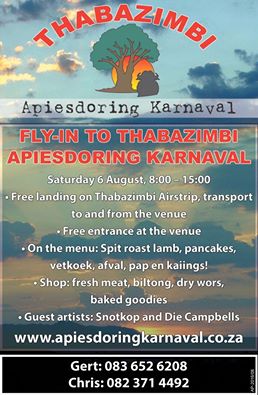
6-7: MISASA Starters Masters - Petit. This competition, like all other Starters Masters, has been structured for the novice with a slant (towards the latter part) for those who have flown comps before. The idea of competition flying is for crew to "enhance airmanship through contest." Contact: Mervyn Reynolds 0737637510
6-8: Lomac Model Aircraft fly-in Rocky's Drift Nelspruit. Phillip Lewis 082 727 8425 or e-mail: phillip@cri.co.za
4-14: SAC Advanced World Championships Poland. Contact Annie Boon e-mail: chunge@mweb.co.za

15-17: Aero Club safety campaign, Eastern Cape. Monday 15 August, Border Aviation Club, East London evening. Tuesday 16 August, 43 Air School Port Alfred. Wednesday 17, Algoa Flying Club Port Elizabeth evening
19-20: SA Landing Championship - Brits. Saturday the 20th is the competition day and for those who want to practice, Friday the 19th is the training day. This competition will be run according to the FAI rules as published on our website and Provincial Colours will be awarded to those who achieve the required standard. Please enter on the SAPFA website at:
21: Grand Rand airshow. Contact Stuart Coetzee e-mail: info@randairport.co.za Tel: 082-4440407
23-25: Aero Club safety campaign, Limpopo. Tuesday 23 August Polokwane airfield club house evening. Wednesday 24 August Tzaneen airfield club house evening. Thursday 25 August Hoedspruit airfield club house evening.
27: Bethlehem airshow. Contact Stephan Fourie e-mail: fouriesj1491@gmail.com
27: Toys for Boys at Tedderfield Air Park. Contact 071 516 2157. e-mail: jhb.parties@gmail.com
3 September: Kitty Hawk's annual RV day. Thee Kitty Hawk RV Raptor Team will be performing and the MG Car Club will also be visiting. Contact Irmarie Jooste (012) 802 0942 office@kitty-hawk.co.za or visit www.fakt.co.za
3 September: SAAF Museum flying training and open days. E-mail: webmaster@saafmuseum.org
7 September: EAA Chapter 322 monthly meeting, Dickie Fritz Moth Hall Edenvale. Contact editor@afskies.co.za
10-11September: SAC Gauteng regionals & Judges Trophy Vereeniging. Contact Annie Boon e-mail: chunge@mweb.co.za
14-18 September: Africa Aerospace and Defence expo AFB Waterkloof. Contact Leona Redelinghuys e-mail: expodir@aadexpo.co.za

EAA AIRVENTURE OSHKOSH 2016-FACTS AND FIGURES

All photos © Willie Bodenstein
Comment from EAA Chairman Jack Pelton: “It was a magical week at Oshkosh this year. You could sense the enthusiasm throughout the grounds no matter where you were. From the aviation anniversaries we celebrated, to the magnificent performances by the Canadian Forces Snowbirds, to the airplanes and aviators who were here, there was an energy that reinvigorated everyone involved in aviation. We premiered our annual Founders Innovation prize and celebrated the flight of our 2 millionth Young Eagle with thousands of EAA-member pilots who made that remarkable achievement possible. Our industry partners conducted more than 70 news conferences in Oshkosh, launching countless new products and technologies that benefit the aviation community.”
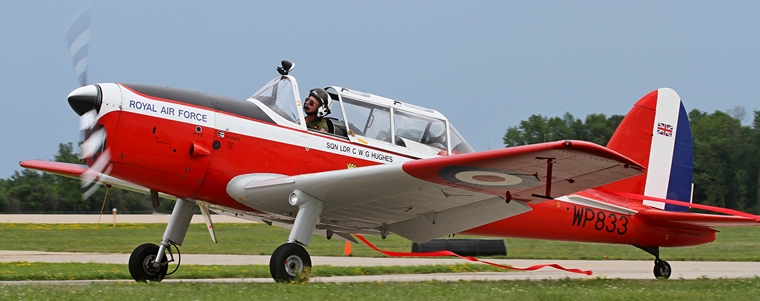
Attendance: Approximately 563,000, an increase of nearly one percent over 2015.
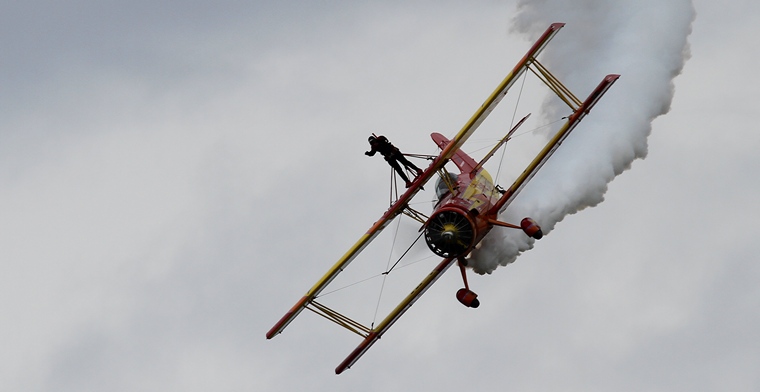
Comment from Pelton: “Our attendance was particularly outstanding, since we had some weather challenges mid-week compared to seven perfect days in 2015. Our grounds crew and our volunteers, who number more than 5,000, did a superb job keeping the site ready for visitors and campers who arrived by ground or by air.”
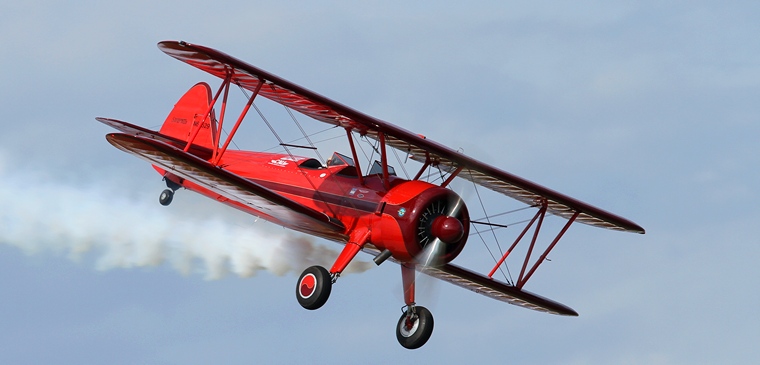
Total aircraft: More than 10,000 aircraft arrived at Wittman Regional Airport in Oshkosh and other airports in east-central Wisconsin.

Total showplanes: 2,855 (up 7 percent over 2015): 1,124 homebuilt aircraft (up 11 percent), 1,032 vintage airplanes (up 7 percent), 371 warbirds (up 6 percent), 135 ultralights and light-sport aircraft, 101 seaplanes, 31 rotorcraft, 41 aerobatic aircraft, and 20 non-categorized aircraft.
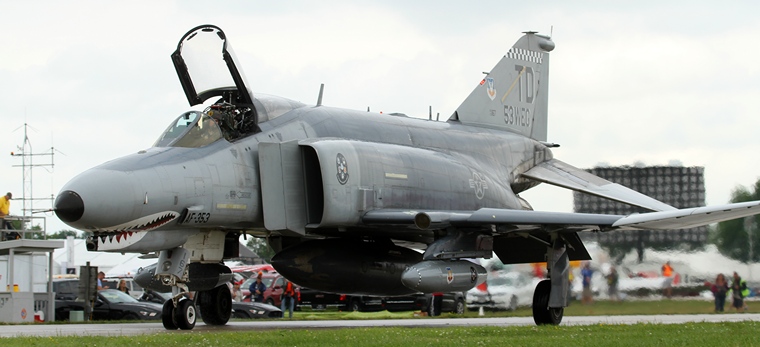
Commercial exhibitors: Final total of 891, a 10 percent increase over EAA AirVenture 2015.
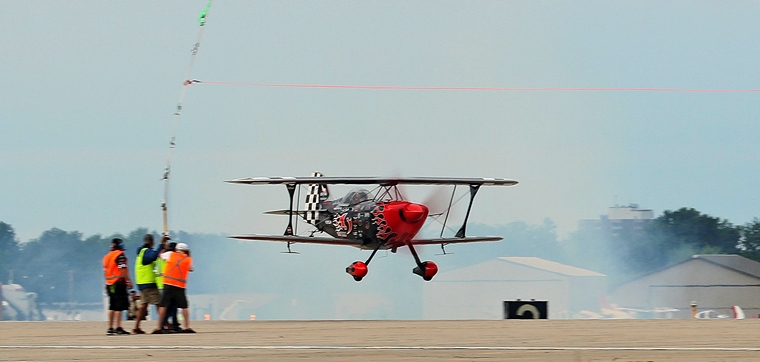
Forums and Workshops: A total of 1,050 sessions attended by more than 75,000 people.
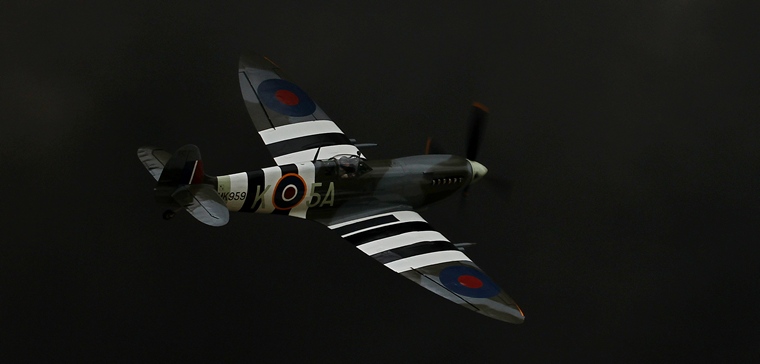
Social Media, Internet and Mobile: More than 35 million people were reached by EAA's social media channels during AirVenture; EAA AirVenture app had 1.6 million screen views; EAA video clips during the event were viewed 957,000 times; and EAA's 1,100 photo uploads were viewed more than 7.4 million times.
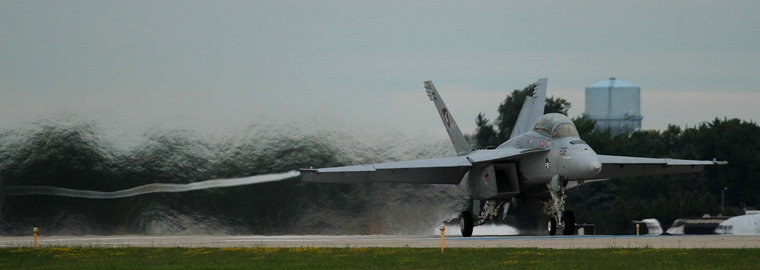
Guests registered at International Visitors Tent: A record 2,369 visitors registered from a record-tying 80 nations. Top countries represented: Canada (578 visitors), Australia (340), and Argentina (167). [NOTE: Actual international attendance by country is undoubtedly higher, since these are self-reported figures only.]
Media: 750 media representatives on-site, from six continents.
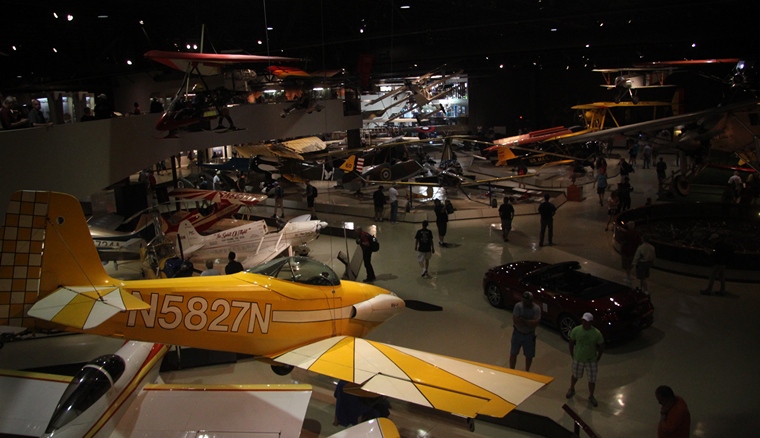
What's ahead for EAA AirVenture Oshkosh 2017 (July 24-30, 2017)? Comment from Pelton: “The planning for EAA's 65th annual fly-in convention begins now. There are people already coming forward with ideas that we'll consider in the coming weeks. Next year, for instance, is the 80th anniversary of the iconic Piper Cub airplane and the 70th anniversary of the U.S. Air Force. We also want to continue to be the place where new aviation technology and innovations are unveiled to the world. Our evening lineups continue to provide attendees with additional reasons to stay throughout the night, and 2017 will be no different as we'll kick off the week on Monday, July 24, with an evening concert by the Grammy-nominated alt-rock band Barenaked Ladies, presented by Ford Motor Company. Although the lineup of features, attractions and anniversaries is still developing, it will be a collection of aircraft and people unmatched anywhere in the world.”
LAST PROVIDER FLYING
By Frederick A. Johnsen Photo © Frederick A. Johnsen
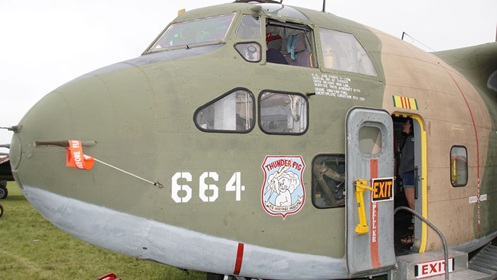
Crewmember Pat Hempen said the C-123 can stir strong emotions from those who see it at an air show. At Andrews Air Force Base, Maryland, he interacted with a Vietnamese woman who stepped on board, and sat down, crying. Hempen learned that a C-123 had whisked her to safety as her village was being overrun during the war there. Many other villagers died; the woman aboard the C-123 eventually became a U.S. citizen. “She probably sat in here for four hours,” Hempen recalled. It's not unusual for Vietnam-era warbirds to have a cathartic effect on veterans.
This C-123 picked up the nickname Thunder Pig at its home, Air Heritage in Beaver Falls, Pennsylvania. Air Heritage ferried the C-123 from Arizona in 1994, cleaning out a coyote den from its fuselage during a 60-day refurbishing process to get the machine airworthy. The R-2800 engines proved serviceable after their time in storage. “They pickled them pretty well,” said Don Mansfield, the C-123's flight engineer.
Thunder Pig retains the nacelles that housed the auxiliary J85 jet engines, but flies today only on the primary piston engines, consuming 200 gph. A quirk of the C-123 design is its origin as a glider before adoption as a powered transport. Crewmember Dale Bonner likes to tell people that story. As a glider, the airframe had no need for gas tanks. When piston engines were added to the design, the nacelles housed tanks carrying 700 gallons each. Subsequent underwing tanks added an additional 700-gallon capacity on each wing.
The classic airlift vibe comes through with Thunder Pig. It's an intangible air of relaxed earnestness; a calm urgency that has saved lives in everything from battlefield resupply to civilian evacuations.
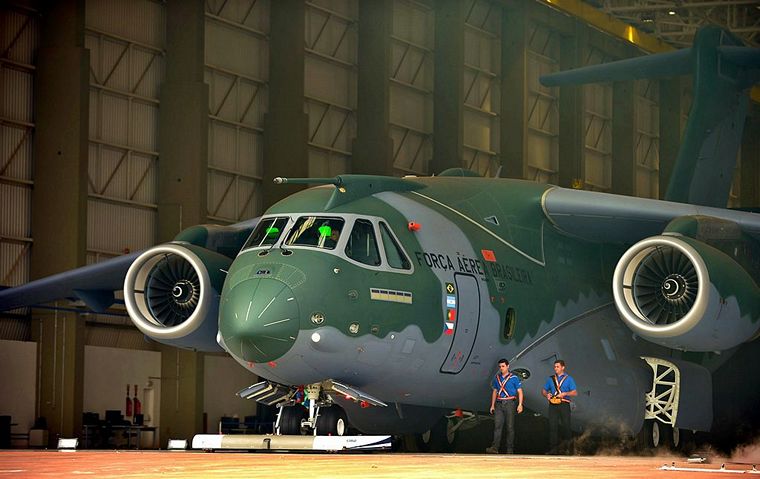
Photo © Embraer
Besides participating in the Farnborough Airshow in England, where the aircraft made its international debut, the first prototype also conducted demonstration flights with program partners and potential customers.
Covering more than 16,300 nautical miles (about 30,200 kilometers) just in ferry flights, with operations in other international airports such as Sal (Cape Verde), Alverca (Portugal) Odolena Voda (Czech Republic), Cairo (Egypt), Abu Dhabi (United Arab Emirates) and Malta, the aircraft demonstrated its high level of maturity, with availability reaching 100% during the 16 flights planned and carried out in locations where the temperature reached 45° C (113° F).
“This was an excellent opportunity for some customers to take a closer look at the aircraft and its innovative features. The interest around the KC-390 during the Farnborough Airshow was fantastic, with the aircraft being visited by more than 20 international delegations”, said Jackson Schneider, President and CEO of Embraer Defense and Security. “The positive reaction from potential customers who piloted the aircraft was of great pride for the company and its employees because the plane effectively demonstrated its versatility by fully adapting to the particular characteristics of each operation. We are very optimistic about the success of the KC-390 in the coming years.”
The aircraft returned to the flight test campaign, whose focus from now on will be the certification, which is expected for the second half of 2017 with the first delivery scheduled for 2018.
PIPER TO OFFER THREE ENGINE OPTIONS FOR POPULAR ARCHER TRAINER
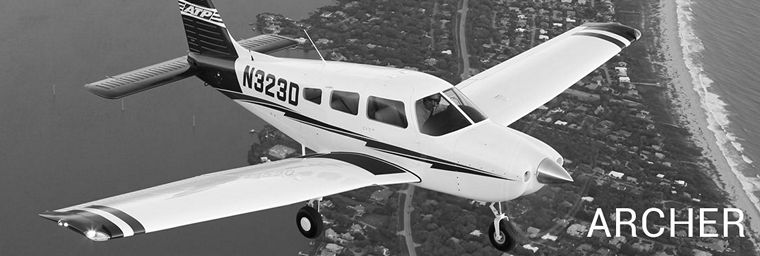
Photo © Piper
“Offering three engine options provides the customer with unprecedented choice,” said Piper's President and CEO Simon Caldecott. “We are excited that the first customer to receive the fuel injected Archer TX will be the University of North Dakota.”
The new fuel injection and diesel options maintain the 180 HP power for the four-seat, single-engine trainer. The diesel Archer has already been delivered to customers where the technology and excellent fuel economy provide the right solution for flight schools. The advanced Garmin G1000 Avionics Suite is standard in all Piper aircraft preparing new pilots for the cockpit of the future.
About the Archer TX
The Archer TX includes: two 10.4” high resolution XGA (PFD/MFD) displays, an Aspen standby System (EFD-1000), an Attitude Heading Reference System (AHRS), a solid state Air Data Computer (ADC), solid state 3-axis Magnetometer, Dual IFR Enroute/Approach and WAAS Certified GPS systems. Also included is an Electronic Engine Indication System (EIS), Dual Nav/Comm (16 watt) radio, a GTX 33ES Transponder with Extended Squitter, Digital Audio Panel, Traffic Information Systems (TIS) and Terrain and Obstacle Mapping. The Archer TX, equipped with a 180 hp Lycoming engine, offers 128 ktas / 237 km/h cruise speed.
About the Archer DX
Powered by the Continental CD-155 diesel engine, the Archer DX cruises at a speed of 114 KTAS / 211 km/h (at 70% power) on only 5.8 gph / 22 kph of jet fuel. The CD-155 offers a TBR (time before replacement) of 2100 hours. The G1000 avionics come standard and provides a great mix of low workload and high technology. The special flight school interior, and the aircraft overall, is designed to stand up to the rigors of flight training. The Archer DX offers competitive operating economics with a proven airframe perfect for flight training organizations worldwide.

Canada, Calgary: Passengers on an Air Canada Airbus A-320 had to make an emergency landing due to a cracked windshield caused by extreme hail, forcing the pilots to abort their landing at Calgary International Airport and make an emergency stop in Lethbridge Alta. The A320 was descending on to the runway in Calgary when the pilots made a last-minute decision to pull back up into the air.

5 AUGUST 1935
Wiley Post, the first pilot to fly solo around the world, and his passenger Will Rogers are killed in a crash in Alaska
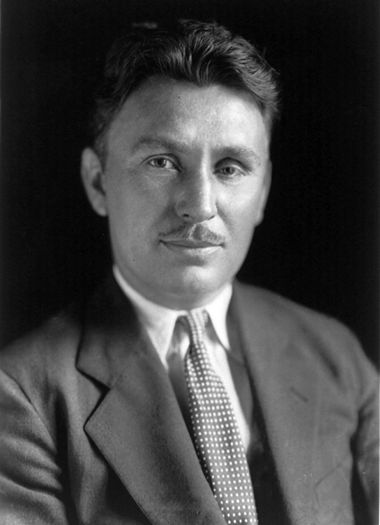
Wiley Hardeman. Photo Underwood & Underwood
Wiley Hardeman Post (November 22, 1898 - August 15, 1935) was a famed American aviator during the period known as the Golden Age of Aviation and the first pilot to fly solo around the world. Also known for his work in high-altitude flying, Post helped develop one of the first pressure suits and discovered the jet stream.

William Penn Adair "Will" Rogers
William Penn Adair "Will" Rogers (November 4, 1879 - August 15, 1935) was an American cowboy, vaudeville performer, humourist, newspaper columnist, social commentator, and stage and motion picture actor. Rogers became an advocate for the aviation industry after noticing advancements in Europe. During his 1926 European trip, he witnessed the European advances in commercial air service and compared them to the almost non-existent facilities in the United States. Rogers's newspaper columns frequently emphasized the safety record, speed, and convenience of this means of transportation, and he helped shape public opinion on the subject.
Young Wiley's first view of an aircraft in flight came in 1913 at the county fair in Lawton, Oklahoma. The plane was a Curtiss-Wright "Pusher type". The event so inspired him that he immediately enrolled in the Sweeney Automobile and Aviation School in Kansas City. Seven months later, he returned to Oklahoma and went to work at the Chickasaw and Lawton Construction Company.
During World War I, Post wanted to become a pilot in the U.S. Army Air Service (USAS). Joining the training camp at the University of Oklahoma, he learned radio technology. Germany surrendered before he completed his training, the war ended, and he went to work as a "roughneck" in the Oklahoma oilfields
Post's aviation career began at age 26 as a parachutist for a flying circus, Burrell Tibbs and His Texas Topnotch Fliers, and he became well known on the barnstorming circuit. On October 1, 1926, an oil field accident cost him his left eye, but he used the settlement money to buy his first aircraft.

The body of the suit had three layers: long underwear, an inner black rubber air pressure bladder, and an outer layer made of rubberized parachute fabric. The outer layer was glued to a frame with arm and leg joints that allowed him to operate the flight controls and to walk to and from the aircraft. Attached to the frame were pigskin gloves, rubber boots, and an aluminum-and-plastic diver's helmet. The helmet had a removable faceplate that could be sealed at a height of 17,000 ft, and could accommodate earphones and a throat microphone. The helmet was cylinder-shaped with a circular window. In the first flight using the suit on September 5, 1934, Post reached an altitude of 40,000 ft above Chicago. Eventually flying as high as 50,000 ft, Post discovered the jet stream and made the first major practical advances in pressurized flight.
Post was the personal pilot of wealthy Oklahoma oilmen Powell Briscoe and F.C. Hall in 1930 when Hall bought a high-wing, single-engine Lockheed Vega, one of the most famous record-breaking aircraft of the early 1930s. The oilman nicknamed it the Winnie Mae after his daughter, and Post achieved his first national prominence in it by winning the National Air Race Derby, from Los Angeles to Chicago. The fuselage was inscribed, "Los Angeles to Chicago 9 hrs. 8 min. 2 sec. August 27, 1930." Adam Charles Williams finished second with a time of 9 hrs. 9 min. 4 sec.

Winnie Mae a Lockheed Vega aircraft of Wiley Post. Photo Jarek Tuszynski / commons.wikimedia.org
In 1930 the record for flying around the world was not held by a fixed-wing aircraft, but by the Graf Zeppelin, piloted by Hugo Eckener in 1929 with a time of 21 days. On June 23, 1931, Post and his navigator, Harold Gatty, left Roosevelt Field on Long Island, New York in the Winnie Mae with a flight plan that would take them around the world, stopping at Harbour Grace, Flintshire, Hanover twice, Berlin, Moscow, Novosibirsk, Irkutsk, Blagoveshchensk, Khabarovsk, Nome where his propeller had to be repaired, Fairbanks where the propeller was replaced, Edmonton, and Cleveland before returning to Roosevelt Field. They arrived back on July 1, after traveling 15,474 miles (24,903 km) in the record time of 8 days and 15 hours and 51 minutes. After the flight, Post acquired the Winnie Mae from F.C. Hall, and he and Gatty published an account of their journey titled, Around the World in Eight Days, with an introduction by Will Rogers.

Wiley Post with Gatty in Berlin. Photo Bundesarchiv / commons.wikimedia.org
Post's friend Will Rogers visited him often at the airport in Burbank, California, while Pacific Airmotive Ltd. was modifying the aircraft, and asked Post to fly him through Alaska in search of new material for his newspaper column. When the floats Post had ordered did not arrive at Seattle in time, he used a set that was designed for a larger type, making the already nose-heavy hybrid aircraft still more nose-heavy. However, according to the research of Bryan Sterling, the floats were the correct type for the aircraft.

Post in Gatty shortly before the crash. Photo ©Leonhard Seppala

For a free no obligations quote email info@pilotspost.com

 |
 |
 Copyright © 2024 Pilot's Post PTY Ltd
The information, views and opinions by the authors contributing to Pilot’s Post are not necessarily those of the editor or other writers at Pilot’s Post.
Copyright © 2024 Pilot's Post PTY Ltd
The information, views and opinions by the authors contributing to Pilot’s Post are not necessarily those of the editor or other writers at Pilot’s Post.